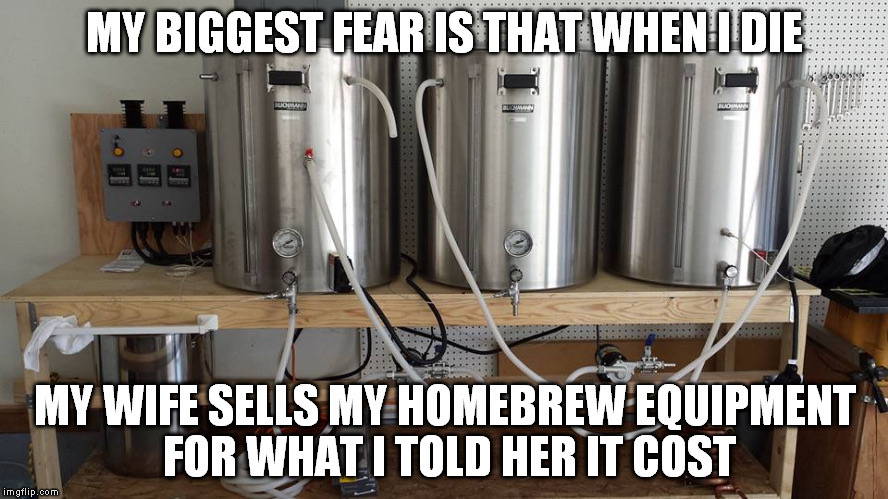Lynxpilot
Active Member
I like to go into projects full-speed, so needless to say my projects can be expensive. If I start to home brew, in a perfect world, I'd like to have the gear I'll use to the bitter end. Leads to question,
1. Is top-notch gear re-sellable without losing excessive value? May sound morbid, but if I invest a significant amount in gear, can my wife sell it for a decent amount if I'm no longer around? Essentially estate value.
2. Unrelated, but is the process appropriate to do on a patio if equipment is covered from weather during non-use?
Hope these questions aren't too retarded
1. Is top-notch gear re-sellable without losing excessive value? May sound morbid, but if I invest a significant amount in gear, can my wife sell it for a decent amount if I'm no longer around? Essentially estate value.
2. Unrelated, but is the process appropriate to do on a patio if equipment is covered from weather during non-use?
Hope these questions aren't too retarded






